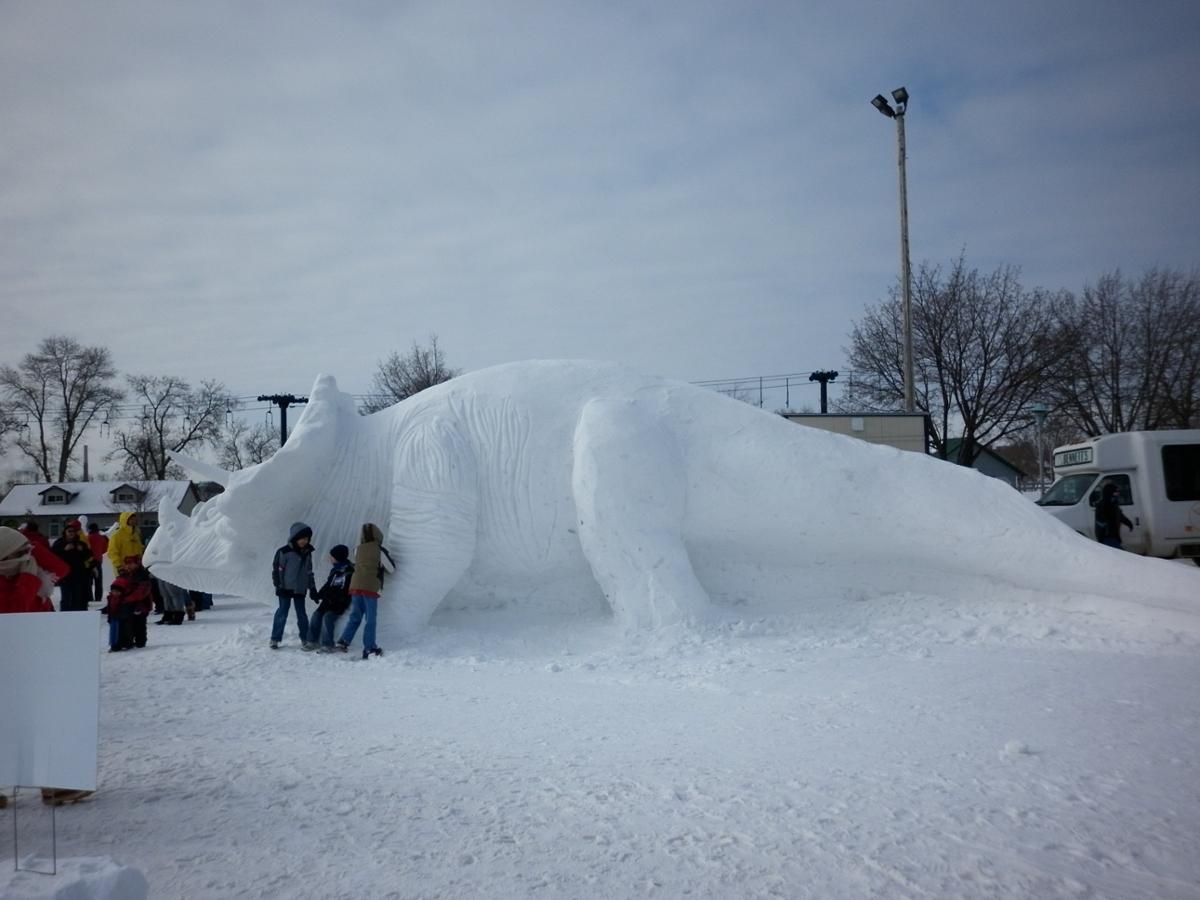Paleontologists once thought dinosaurs were like modern reptiles and couldn’t survive cold environments. We now know that they were more like their closest modern relatives; the birds. Many had feathers for insulation, and probably had the ability to generate their own body heat.
Reconstructing past climates is hard because the Earth’s continents have shifted in location over the eons of geological history. The amount of climate influencing greenhouse gases in the planet’s atmosphere has also changed because of a variety of natural causes, such as volcanic eruptions. Since the turn of the century, the careful work of paleontologists has revealed an increasing body of evidence that some dinosaurs thrived in environments that included cold winters, like the polar regions.
During major portions of the age of the dinosaurs, the Earth was, overall, much warmer than it is today. There were no polar ice caps. About one hundred million years ago, what is now southern Australia was near the South Pole, yet fossil evidence shows that the region was covered with ferns and conifers. Still, the winter was harsh, with snow and ice and three months of darkness.
The geological record nonetheless also shows that a variety of dinosaur species lived there, including both herbivores and carnivores. Similar finds of the fossil remains of dinosaurs that dwelled near the poles have been made in northwestern China, and Alaska. Some are newly discovered species that may have been cold weather specialists. Others, such as relatives of tyrannosaurus and duck-billed dinosaurs are familiar favorites, and were apparently generalists capable of adapting to a variety of conditions. The findings underline just how adaptively flexible dinosaurs were.










